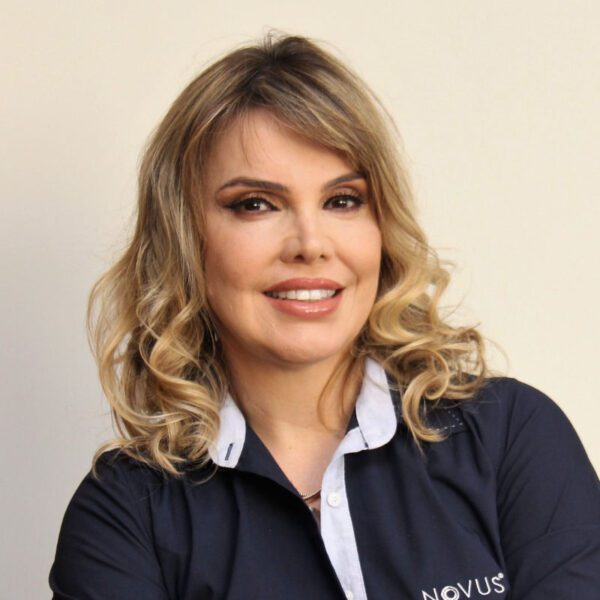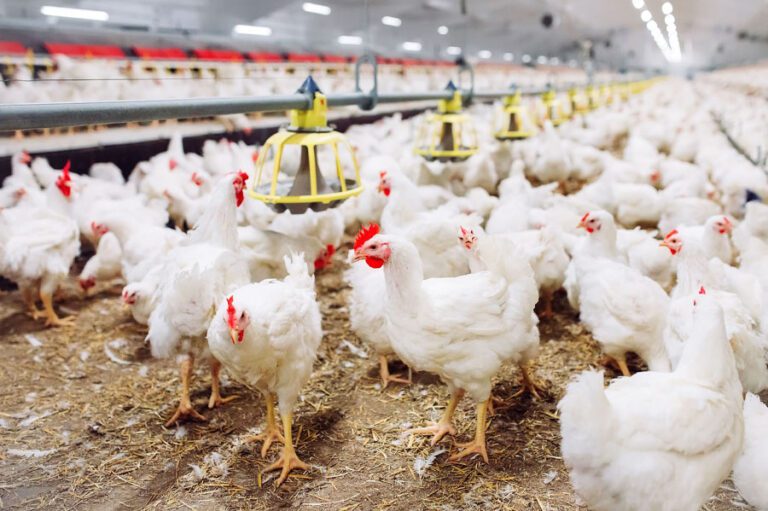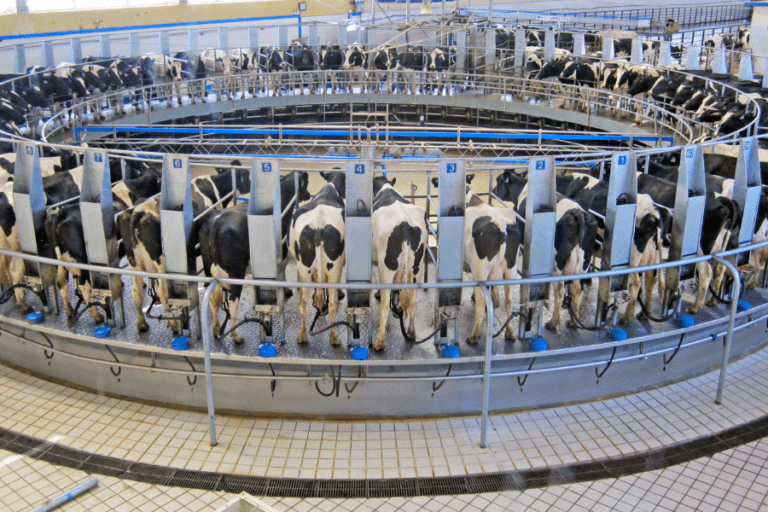Broiler Meat and Carcass Quality: Mineral Nutrition is Key
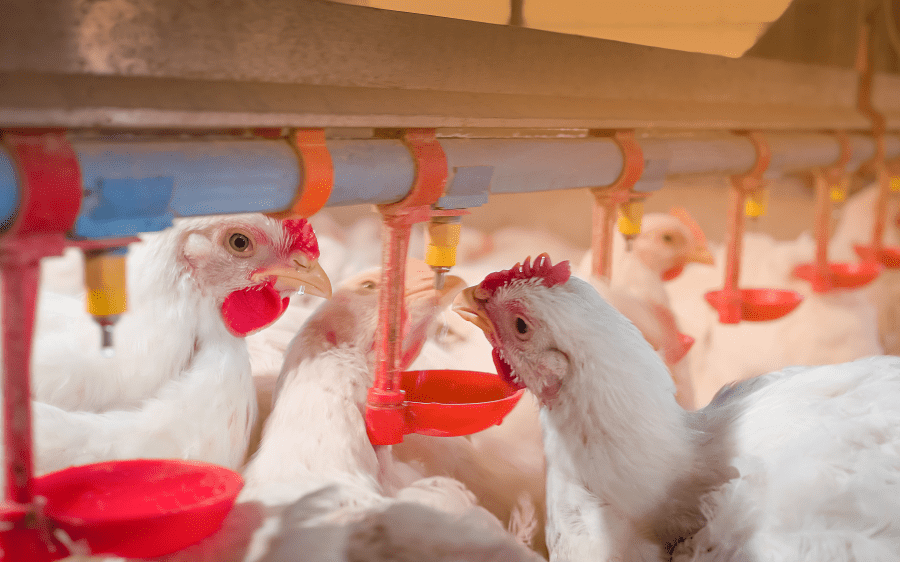
You’re cooking dinner—chicken again. You open a package of chicken breasts, and what do you expect to see? Plump, pink chicken that is untarnished in any way. Any deviation not only ruins dinner but may also ruin your trust in the market where you bought the meat or the producer’s name on the packaging.
It’s critical that the food system provide a consistent experience to consumers each time they open a package of chicken breast for dinner.
Due to the rapid growth of modern broilers, they are susceptible to several meat and carcass quality issues, including:
- Woody breast—Significantly impacts meat texture and taste, affecting consumer acceptance
- White striping—Connective tissue creates white “stripes” of variable thickness across the breast muscle, affecting meat quality
- “Spaghetti meat”—A term for a muscular abnormality affecting the integrity of the muscle, leaving a stringy, soft consistency due to the poor cohesion of muscular fibers.
Each of these abnormalities is scored in a rating system based on severity from 0-3 (none-severe).
These meat and carcass quality issues can be caused at all stages of the bird’s life. At the farm level, the incidence of foot pad dermatitis may require increased labor expenses needed to maintain clean, dry bedding to result in higher-quality meat. For slaughterhouses, the presence of these issues can call into question the carcass and breast meat yield, skin integrity, bruising, or even broken bones of the birds.
Although meat quality issues may affect meat appearance, they do not pose any food safety risks to consumers. However, they can still significantly impact producer profitability.
Heavier birds with rapid growth seem to be more prone to these meat and carcass quality issues. A hypothesis of why this is the case is that broilers with a higher rate of muscle growth have increased metabolic and circulatory demands, leading to the accumulation of more metabolic waste products like oxidative free radicals. Increased oxidative stress damages the DNA, RNA, proteins, and lipids in muscle cells, resulting in inflammation and degeneration of the birds’ muscle fibers.
One strategy poultry producers can implement to avoid these issues is to reduce broiler growth rate through dietary restrictions that decrease some nutrients. Exogenous antioxidants have been successfully tested and shown to help reduce these myopathies. This approach supports the use of highly bioavailable trace minerals such as copper, manganese, and zinc. In an organic form, these trace minerals also help in the regeneration process, if damage occurs.
Several studies indicate that highly bioavailable trace minerals in the form of bis-chelates can help reduce broiler breast tissue challenges by up to 50%1. A trial at the University of Pretoria in South Africa2 found that a strategy replacing inorganic mineral sources with reduced levels of organic trace minerals (as MINTREX® Bis-Chelated Trace Minerals from NOVUS) helped mitigate meat defaults and footpad lesions while allowing heavy broilers to maintain growth and feed efficiency.
In the study, birds fed bis-chelated copper, manganese and zinc showed a significant improvement in footpad health, resulting in more saleable paws when compared to those fed inorganic mineral sources. The trial also showed the greatest final mean body weight at 35 days of age, while maintaining a similar feed conversion ratio. These results show that levels of inorganic copper, manganese, and zinc at 8 mg/kg, 32 mg/kg, and 32mg/kg respectively are insufficient for maintaining high carcass yields and low carcass condemnations in broiler production. The results suggest bis-chelated trace minerals can be recommended for optimal tissue integrity, as well as improved footpad health and intestine strength.
Contact your NOVUS representative for more information on incorporating bis-chelated trace minerals into broiler diets.
- Novus Field Trial FV2014-0022, Wedekind et al., 2016, Chen et al., 2017, Manangi et al., 2017
- G.G. Salmond, 2015
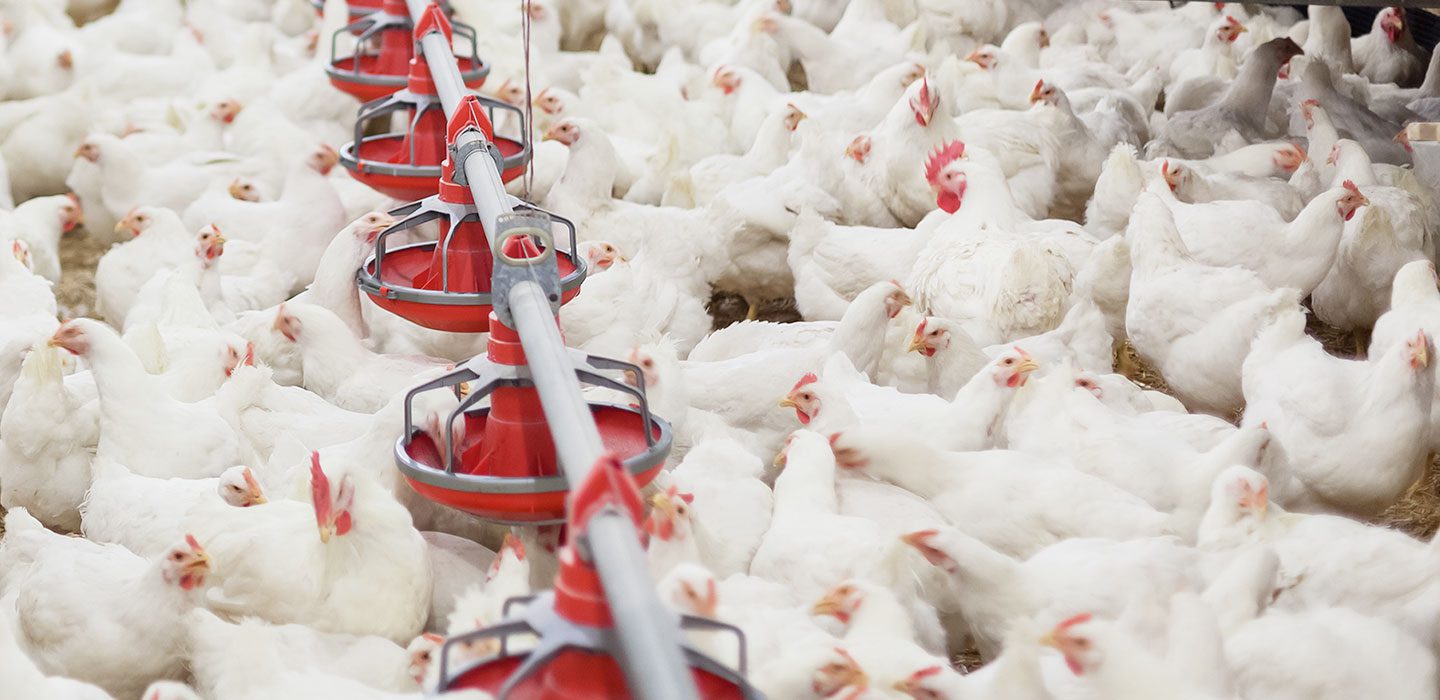
Nutrição Inteligente para o seu negócio
Mais ciência. Mais conhecimento. Mais inspiração. Mais maneiras de você alimentar o mundo.

